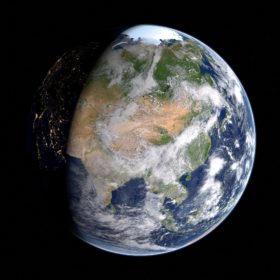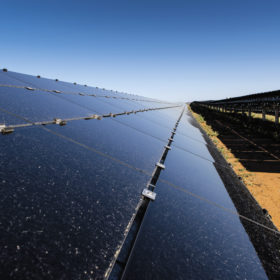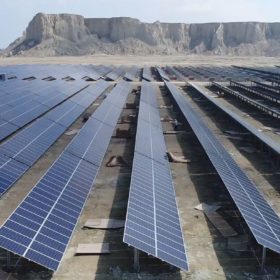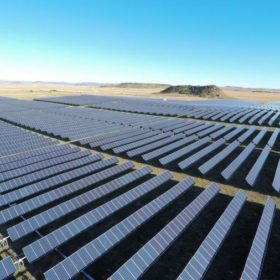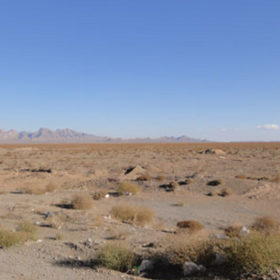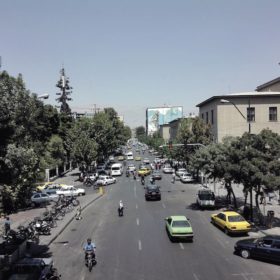Renewables and geopolitics: The United States
An accelerated transition to renewables could go either way, regarding the United States’ unique geopolitical strength. According to Indra Overland – head of the Center for Energy Research at the Norwegian Institute for International Affairs – the U.S. could surrender a major advantage if it abandons fossil fuel. The nation could, however, remain dominant in the global energy sector if it continues to lead on innovation and clean energy tech-related intellectual property.
Study examines 7.8 TW solar potential of the Belt and Road route
China’s vast continent-spanning infrastructure project could fertilize solar growth along its perimeter at considerable scale as energy demand in the countries along the route is set to surge.
Solar will rebound this year with more than 100 GW of new capacity
Wood Mackenzie’s number-crunchers are the latest analysts queueing up to predict a bumper year ahead for PV, with falling prices, rising efficiency rates and booming markets outside China all on the cards. And it could be a make-or-break year for mega-projects, says Wood Mac.
Iran’s operational PV capacity reaches 250 MW
According to new numbers released by Iran’s Renewable Energy and Energy Efficiency Organization (SATBA), renewable energies have reached a combined cumulative capacity of 650 MW, with solar representing a 39% of the total.
5 GW of renewable plans hang in the balance following reenaction of Iranian sanctions
As U.S. President Trump re-imposed sanctions on Iran, many solar companies – predominantly from Europe – were in the process of developing massive project pipelines in the country. These are now in jeopardy, even with blocking statute imposed by the EU. Those seeking to pursue plans demand safe financial channels from the EU in order to continue developing PV projects, and to signal a clear commitment to the Iran Nuclear Deal.
Scatec wants to double size of project pipeline
Chief executive of Norwegian developer tells markets his company will deliver on 1.5 GW promise by the end of the year – by including any projects it has broken ground on.
Italy’s Maresca Group plans 200 MW of solar in Iran
Following the completion of a 10 MW solar PV plant on the Iranian island of Qeshm, the Italian company is now planning to build another two projects with a capacity of 100 MW each in the country.
Financing PV projects in Iran remains challenging
Interview: Iran intends to build new PV and wind power plants totaling 5 GW in the coming years. The first PPAs have already been signed. Among them, Germany’s Geon secured a FIT contract for a 120 MW solar park. The company’s managing director, Sharam Roghani explains why this is only half the battle and why financing projects in Iran remains difficult. He has not found a lender yet, and time is running out.
Norwegian firm signs 2 GW, $2.9bn solar project deal in Iran
Saga Energy, a partner of Taiwan’s Delta Group, has inked a €2.5 billion deal to construct 2 GW of solar PV in Iran, working alongside local partner Amin Energy. Company also hopes to build module fab in the country.
Interview: Quercus CEO reveals more about 600 MW Iranian solar project
Diego Biasi, CEO of British investment firm Quercus, talks to pv magazine about the company’s plans to develop a 600 MW solar farm in Iran, which will not only be one of the biggest PV plants in the world but a seismic solar development for both the MENA region and Iran.

